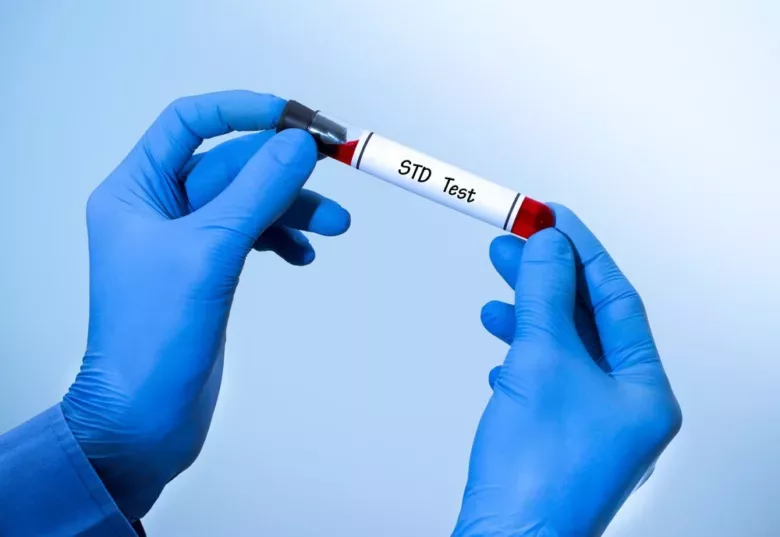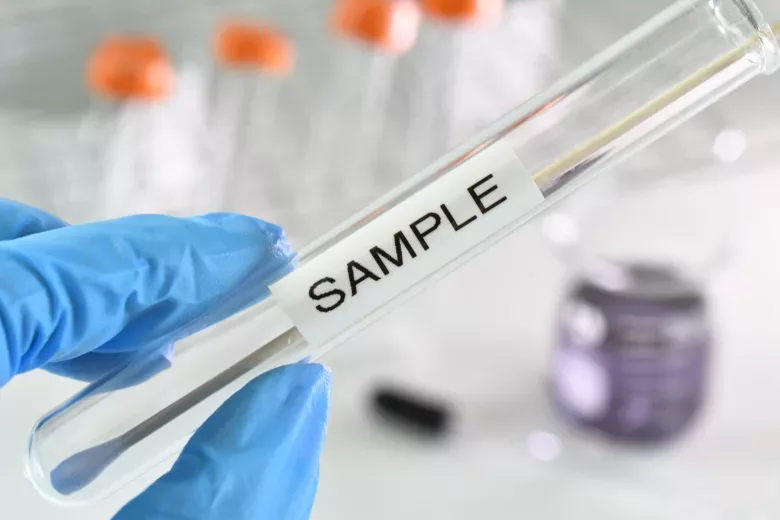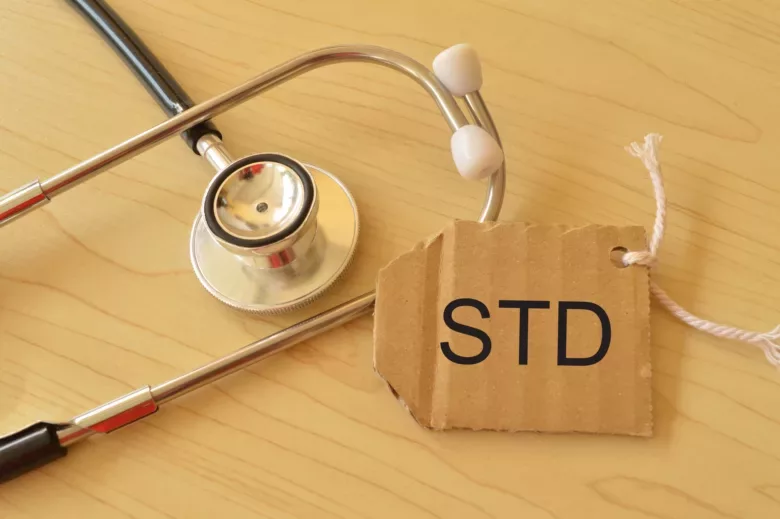Did you know that more than one million sexually transmitted infections and diseases are acquired every day globally, the majority of which are asymptomatic. Sexually transmitted infections and diseases (STIs/STDs) are infections that get passed on from one person to another during unprotected vaginal, anal and oral sex or intimate skin-to-skin contact like heavy petting or sharing sex toys. They are caused by bacteria, viruses, or parasites. Skin-to-skin genital contact can also cause some STIs and STDs to spread. Examples include gonorrhea, genital herpes, human papillomavirus infection, HIV/AIDS, chlamydia, and syphilis.
Some other ways of Spreading STIs and STDs
Most types of STIs and STDs are fairly common but effective treatment is available, especially while in the early stages. Some STIs and STDs are benign, while some can lead to severe complications without treatment. STIs and STDs can spread through the use of unsterilized drug needles as well as sexual contact. STIs and STDs can affect anyone, regardless of an individual’s hygiene standards or sexual orientation. Many STIs easily spread through non-penetrative sexual activity.
Let’s take look at some common STIs, how to prevent them, and when to seek medical help.
What are the signs and symptoms of STIs and STDs?

Although STIs and STDs have a wide array of signs and symptoms, some STIs can go unnoticed. Some people may not show any symptoms and remain asymptomatic. That is why they may be overlooked until complications occur. It means you can have an STI without knowing it and pass it on to your partner during intimate close contact or sex.
While most STIs and STDs are easily treated, especially when they are discovered early but if left untreated, they can lead to serious health problems. Different STIs have different symptoms. A few signs that may indicate you are affected by an STI include:
- Sores or soreness of the genitals
- Painful or burning urination
- Unusual discharge from genitals
- Unusual or odorous vaginal discharge
- Lumps or bumps on the genitals, oral or rectal area
- Unusual vaginal bleeding
- Pain during sex
- Lower abdominal pain
- Fever and rash over the hands, trunk, or feet
Signs and symptoms may start to appear a few days after exposure. However, it may take several years before you start having any noticeable problems, depending on the organism causing the STI. Note that all of the above symptoms can be caused by things that aren’t STDs like pimples, UTIs, or yeast infections so to conform, getting tested is the only way to know what’s going on.
Types of STIs and STDs
- Bacterial Vaginosis – It is a common, treatable, vaginal condition that increases your chance of getting an STD.
- Chlamydia – It is a common, but treatable, STD. If left untreated, it can make it difficult for a woman to get pregnant.
- Gonorrhea – It is another common STD that can be treated with the right medication. If left untreated, it can cause severe health problems.
- Hepatitis – Viral hepatitis is the leading cause of liver cancer. It is the most common reason for liver transplants.
- Herpes – Genital herpes is one of the most common STDs. While there is no cure for it, medication is available to prevent and shorten outbreaks.
- HIV/AIDS – It is a virus that attacks the immune system. It spreads through sexual contact or sharing infected needles.
- Human Papillomavirus Infection – HPV is the most common STI in the U.S. but most people with the infection are asymptomatic. It can cause some health effects that are preventable with vaccines.
- Pelvic Inflammatory Disease – PID can lead to serious consequences including infertility.
- Syphilis – It can have very serious problems when left untreated. It is simple to cure with the right treatment.
- Trichomoniasis – Most people with trichomoniasis do not have any symptoms. It can lead to pregnancy complications and increase the chance of both contracting and transmitting HIV.
Follow the CDC Guidelines to Know More about:
You can visit the CDC website to know more about STDs & STIs topics and the guidelines/awareness campaigns provided by CDC is very helpful as well.
Conclusion:
Affordable Rapid Testing operates throughout of Phoenix Metropolitan Area, Arizona. You can also avail yourself of our mobile testing services within this area if you cannot reach us at our lab.


